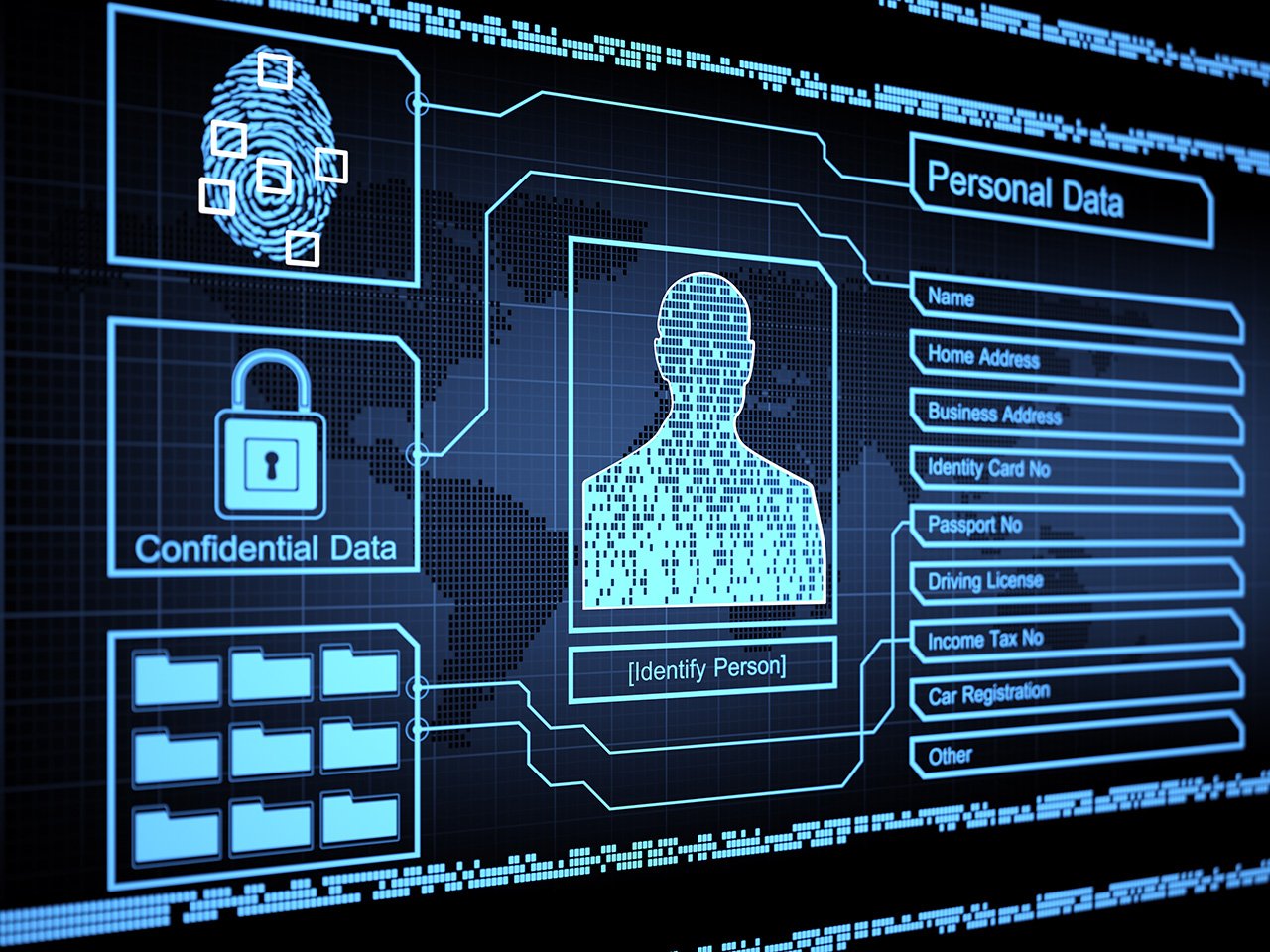What is defined as personal information?
Summary of the Article: What is Personal Information?
In this article, we will explore the concept of personal information and its various types. Personal information can be categorized into three main types: private information, sensitive personal data, and health information. It is important to understand what falls under the umbrella of personal information and what does not. Business phone numbers and certain demographic details like race, religion, gender, workplace, and job titles are typically not considered personal information. However, some examples of personal information include a person’s name, address, phone number, email address, photographs, video recordings, salary, bank account details, and financial information. It is essential to differentiate between personally identifiable information (PII) and personal information, as they serve distinct purposes. While PII is used to distinguish one person from another, personal information encompasses any data related to a living individual, regardless of whether it differentiates them from someone else or not. It is crucial to handle PII as internal data and classify elements of PII as sensitive, confidential, or high-risk data. Understanding the difference between personal and private information is also vital. Personal information encompasses details like age, gender, siblings, favorite band, favorite food, and pet’s name. On the other hand, private information includes full name, street address, email address, date of birth, phone numbers, credit card information, mother’s maiden name, and name of school. Additionally, there are specific examples of PII, which include social security number (SSN), passport number, driver’s license number, taxpayer identification number, patient identification number, financial account number, and credit card number. The article also sheds light on personally identifiable information (PII) examples, which range from names and personal identification numbers to driver’s license numbers and financial account numbers. Personal data can be identified by various factors such as telephone number, credit card number, personnel number, account data, number plate, appearance, customer number, or address. PII is classified as information such as names, addresses, emails, birthdates, medical records, credit card numbers, financial statements, passport numbers, social security numbers, driver’s licenses, and vehicle plate numbers. Finally, some common examples of PII include full name, home address, email address, social security number, passport number, driver’s license number, credit card numbers, and date of birth.
Frequently Asked Questions about Personal Information
1. What are the 3 types of personal information?
The three types of personal information are private information, sensitive personal data information, and health information.
2. What is not considered personal information?
Business phone numbers and demographic information such as race, religion, gender, workplace, and job titles are typically not considered personal information.
3. What are six examples of personal information?
Examples of personal information include a person’s name, address, phone number, email address, photographs, video recordings, salary, bank account details, and financial information.
4. What is the difference between PII and personal information?
PII is often used to differentiate one person from another, whereas personal information includes any data related to a living individual, whether or not it distinguishes them from another individual.
5. How do you classify personal information?
At a minimum, Personally Identifiable Information (PII) should be treated as Internal Data, and elements of PII can be classified as Sensitive, Confidential, or High-Risk Data.
6. What are examples of personal and private information?
Personal information includes details like age, gender, siblings, favorite band, favorite food, and pet’s name, while private information includes full name, street address, email address, date of birth, phone numbers, credit card information, mother’s maiden name, and name of school.
7. What are 5 examples of PII?
Five examples of PII are social security number (SSN), passport number, driver’s license number, taxpayer identification number, and financial account number or credit card number.
8. What are 5 examples of personally identifiable information?
Five examples of personally identifiable information are full name, maiden name, mother’s maiden name, or alias, social security number (SSN), passport number, driver’s license number, taxpayer identification number, and financial account number or credit card number.
9. What are 5 examples of personal data?
Examples of personal data include telephone numbers, credit card numbers, personnel numbers, account data, number plates, appearance, customer numbers, and addresses.
10. What information is classified as PII?
PII includes names, addresses, emails, birthdates, medical records, credit card numbers, financial statements, passport numbers, social security numbers, driver’s licenses, and vehicle plate numbers.
11. Which 5 types of information are examples of PII?
Five types of information that are considered PII include full name, home address, email address, social security number, and passport number.

What are the 3 types of personal information
Below are the types of the types of personal information generally covered: Private information. Sensitive personal data information. Health information.
What is not considered personal information
Info such as business phone numbers and race, religion, gender, workplace, and job titles are typically not considered PII.
What are six examples of personal information
Examples of personal informationa person's name, address, phone number or email address.a photograph of a person.a video recording of a person, whether CCTV or otherwise, for example, a recording of events in a classroom, at a train station, or at a family barbecue.a person's salary, bank account or financial details.
What is the difference between PII and personal information
From a zoomed-out perspective, the greatest difference between personal data and PII is that PII is often used to differentiate one person from another, while personal data includes any information related to a living individual, whether it distinguishes them from another individual or not.
Cached
How do you classify personal information
At a minimum, Personally Identifiable Information (PII) must be treated as Internal Data, and elements of PII may be classified as Sensitive, Confidential, or High Risk Data.
What are examples of personal and private information
Personal Information: Your age, gender, how many brothers and sisters you have, your favorite band, your favorite food, the name of your pet. Private Information: Full name, street address, email address, your date of birth, phone numbers, credit card information, mother's maiden name, name of school.
What are 5 examples of PII
Personal identification numbers: social security number (SSN), passport number, driver's license number, taxpayer identification number, patient identification number, financial account number, or credit card number.
What are 5 examples of personally identifiable information
Name: full name, maiden name, mother's maiden name, or alias. Personal identification numbers: social security number (SSN), passport number, driver's license number, taxpayer identification number, patient identification number, financial account number, or credit card number.
What are 5 examples of personal data
For example, the telephone, credit card or personnel number of a person, account data, number plate, appearance, customer number or address are all personal data.
What information is classified as PII
What Qualifies as PII PII includes names, addresses, emails, birthdates, medical records, credit card numbers, financial statements, passport numbers, social security numbers, driver's licenses', and vehicle plate numbers.
Which 5 types of information are examples of PII
What pieces of information are considered PIIFull name.Home address.Email address.Social security number.Passport number.Driver's license number.Credit card numbers.Date of birth.
What are the four 4 classifications of information
Typically, there are four classifications for data: public, internal-only, confidential, and restricted.
What is considered personal or confidential information
Personal Confidential Information or “PCI.” PCI means any information that identifies or describes an individual, including, but not limited to, his or her name, social security number, physical description, home address, home telephone number, education, financial matters, medical or employment history, and statements …
What types of information should be private
The most sensitive information to protect includes your bank account numbers, social security number, pin numbers, credit card numbers, and passwords.
What can be classified as PII
Personally Identifiable Information (PII) Data is any information about an individual maintained by a Unit, including (1) any information that can be used to distinguish or trace an individual's identity, such as name, social security number, date and place of birth, mother's maiden name, or biometric records; and (2) …
What falls under PII
According to the NIST PII Guide, the following items definitely qualify as PII, because they can unequivocally identify a human being: full name (if not common), face, home address, email, ID number, passport number, vehicle plate number, driver's license, fingerprints or handwriting, credit card number, digital …
What are examples of personal information
For example, personal information may include: an individual's name, signature, address, phone number or date of birth. sensitive information. credit information.
Which items can be considered as personally identifiable information
However, when linked or linkable to one of the above examples, the following could be used to identify a specific person:Date of birth.Place of birth.Business telephone number.Business mailing or email address.Race.Religion.Geographical indicators.Employment information.
What is an example of non personal data
Thus, it can either be data that has no personal information to begin with (such as weather data, stock prices, data from anonymous IoT sensors); or it is data that had personal data that was subsequently pseudoanonymized (for example, identifiable strings substituted with random strings) or anonymized (such as by …
Which four examples of information qualify as PII
Personal identification number: social security number (SSN), passport number, driver's license, state identification number, taxpayer identification number, patient identification number, financial account or credit/debit card.
What can classify as PII
Personally Identifiable Information (PII) Data is any information about an individual maintained by a Unit, including (1) any information that can be used to distinguish or trace an individual's identity, such as name, social security number, date and place of birth, mother's maiden name, or biometric records; and (2) …
What are the 5 information types
Types of InformationFactual. Factual information is information that solely deals with facts.Analytical. Analytical information is the interpretation of factual information.Subjective. Subjective information is information from only one point of view.Objective.
What are the 5 information classification standards
Data Classification in Government organizations commonly includes five levels: Top Secret, Secret, Confidential, Sensitive, and Unclassified.
What information is not confidential
Non-Confidential Information means solely such information that, and to the extent it: (i) was known publicly, or was known by the Receiving Party without obligation of confidentiality or non-disclosure, at the time such Property was provided, disclosed, or made available or accessible by the Disclosing Party to, or …
What are the four types of personal information
an individual's name, signature, address, phone number or date of birth. sensitive information. credit information. employee record information.



